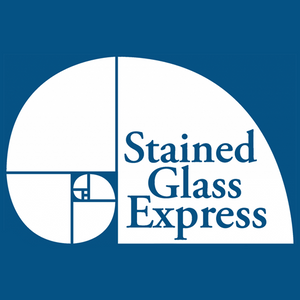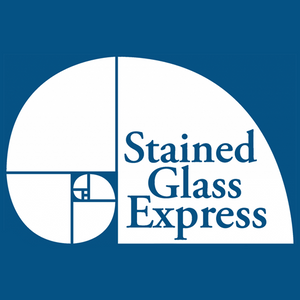
Trompe L'Oeil
This is a glass blog, so before I launch into trompe l’oeil, I will say something about glass. In Readfield, Maine, there is a building called the Union Meeting House. It is on the National Register of Historic Places.
We had the good fortune of being asked to repair some of the building’s stained glass windows several years ago. This week, I was at the Union Meeting House for a David Mallett concert and got to visit our repaired windows, which are holding up great.
The building has some non-leaded, colored stenciled glass windows, shown above on the right side of each photo. They are very rare and are only used in one other church in Maine. As years went by, they were replaced with more traditional stained glass windows, which appear on the left in each photo.
Normally, I am “all about the glass,” but this building has something even better! This building, in this very small town, has one of the finest examples of trompe l’oeil there is, the reason it was put on the National Register of Historic Places in 1982. Trompe l’oeil is French for “to fool the eye.” The walls and ceilings of this building are painted plaster, which appears to be three-dimensional. There are columns (like you see in the pictures above), medallions, wall plaques and arches that look like they protrude, but they are flat. They are so realistically painted that you just can’t believe they are actually flat and really want to touch them. However, this sign sits on a sill:
This shows more examples of trompe l’oeil. All of this is flat!





